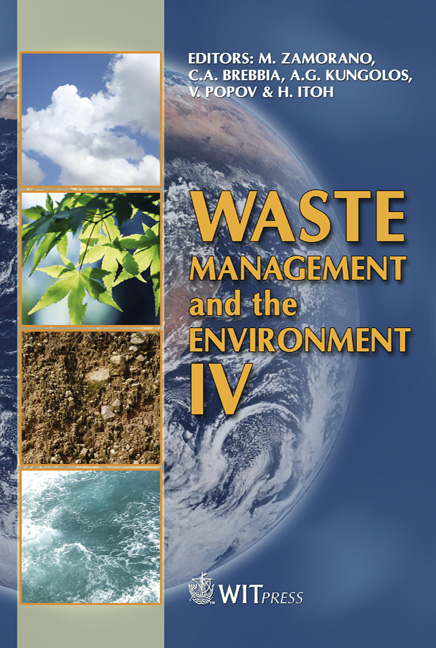Blast Furnaces’ Mud: Waste Or A New By-product?
Price
Free (open access)
Transaction
Volume
109
Pages
9
Page Range
405 - 413
Published
2008
Size
2,219 kb
Paper DOI
10.2495/WM080421
Copyright
WIT Press
Author(s)
N. Quaranta, M. Caligaris, H. López, M. Unsen & C. Giansiracusa
Abstract
Industrial residues reuse consists of redirecting the waste materials to new production processes, instead of sending them to the waste flow. Usually, previous treatments are required as a way to transform these wastes into raw materials for the same industry or for others. In this work waste materials from a steel factory were studied. They consist of the waste mud coming from the blast furnace and from the converter. Most of these materials are accumulated in the open air, waiting for final disposal. When analyzing the materials it was determined that the mud from the converter could be incorporated again to the steel production process due to its high iron content. For this reason, subsequent studies were carried out on mud from blast furnaces. Dense samples with the original material, without additives and with different ratios of sand addition, were prepared. These samples did not sinterize in the studied temperature range (800ºC–1300ºC). A third group of samples, with the addition of 20%, 40% and 60% of discarded glass were made. Sintered samples, with different characteristics, were obtained when treating them at 1200°C. Starting from calcined mud, that is, without carbon, samples with similar characteristics were also prepared. After heat treatment, dense bodies were obtained, with suitable characteristics. Keywords: recycling, wastes, iron and steel industry, mud.
Keywords
recycling, wastes, iron and steel industry, mud.





